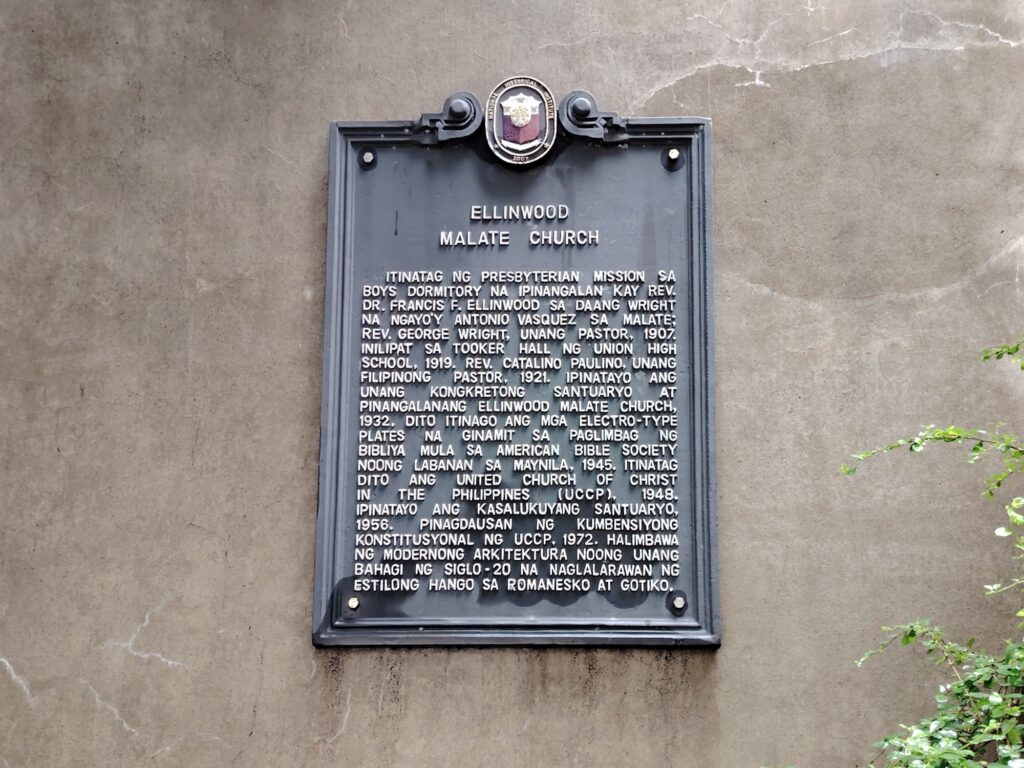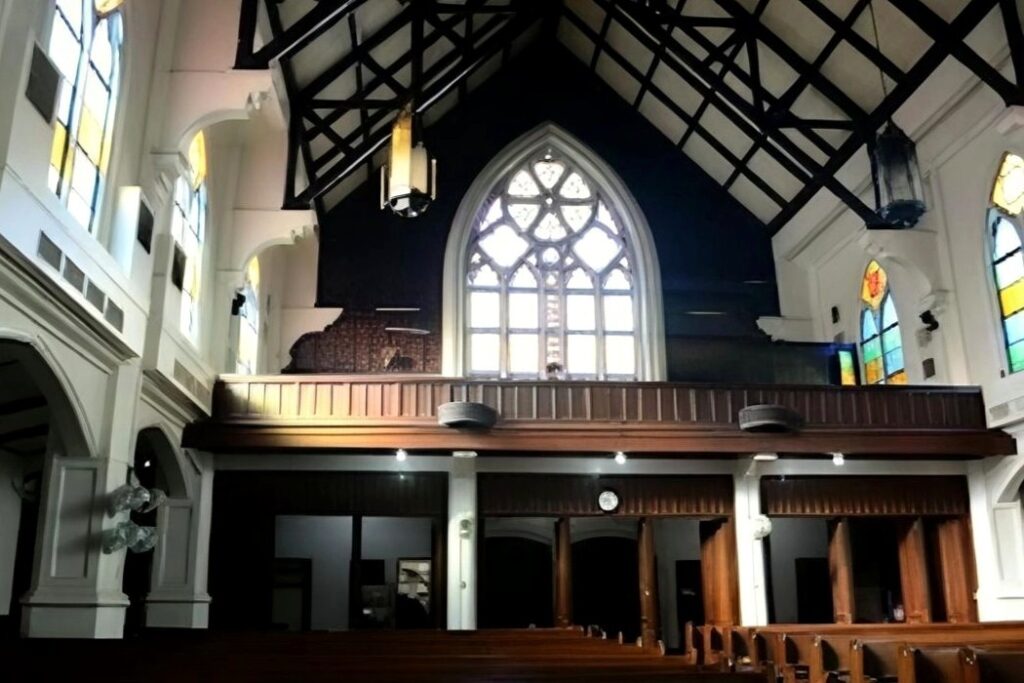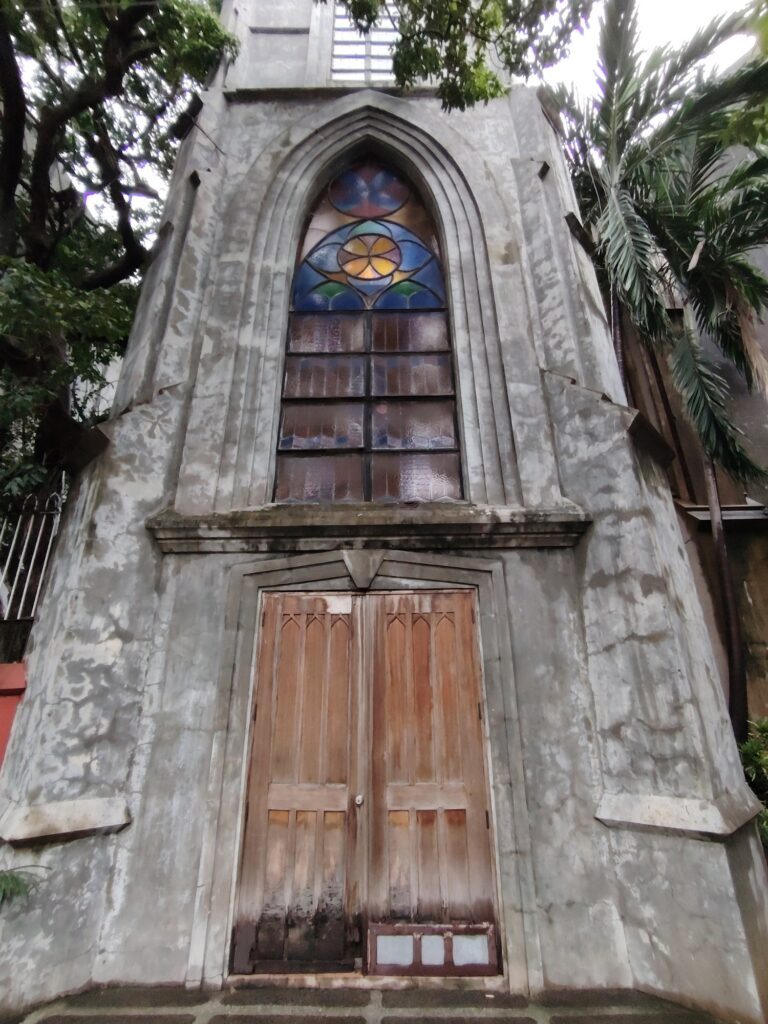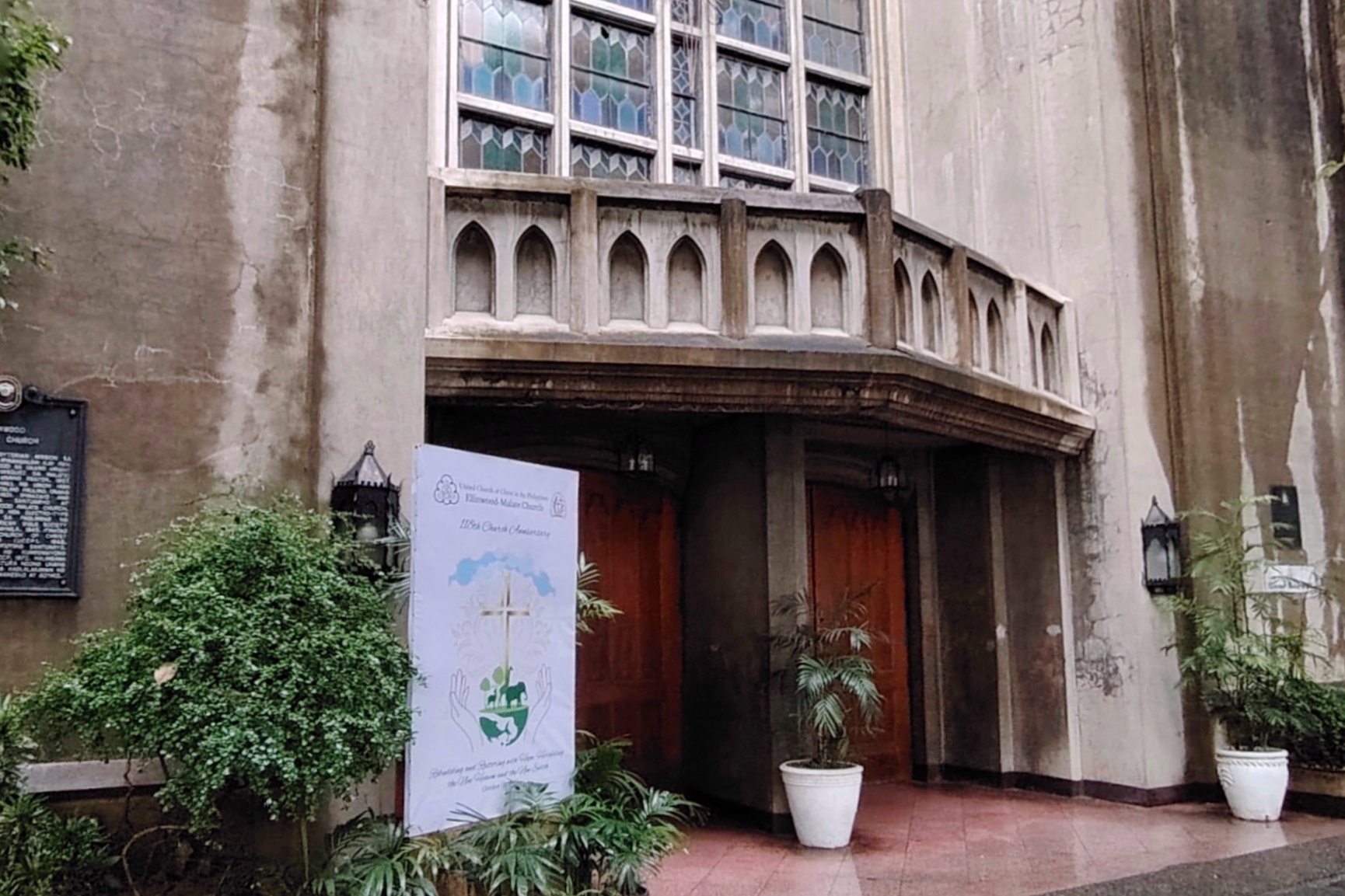How Ellinwood Malate helped shape Philippine Protestant history
One of Manila’s oldest Protestant congregations traces its beginnings to a modest Presbyterian mission that grew into the Ellinwood Malate Church, a landmark shaped by American initiative, Filipino leadership, and the upheavals of war.
The church was formally organized in 1907 after an American-led Ellinwood congregation merged with a Filipino religious group in Malate, its name honoring Francis F. Ellinwood, a senior figure in the Presbyterian Board of Foreign Missions who helped spur early mission work in the Philippines.

The congregation’s early life unfolded in a landscape of education and community-building. According to the National Historical Commission marker installed on the site, the church first took shape in a boys’ dormitory named after Ellinwood before relocating to Tooker Hall within the Union High School compound in Malate. These early moves placed the church at the center of a growing network of schools and dormitories—institutions that would anchor Protestant education in the district. By 1921, leadership had shifted to Filipino hands with the appointment of Rev. Catalino Paulino as its first Filipino pastor, a milestone that signaled the congregation’s deepening local roots.
The church’s first concrete sanctuary, completed in 1932, would later become one of its most enduring wartime symbols. During the 1945 Battle of Manila, much of Ermita and Malate was reduced to rubble, yet the structure survived the devastation around it. The historical marker notes that the sanctuary even safeguarded electrotype plates used for Bible printing by the American Bible Society—small pieces of metal that became part of the city’s story of survival. For many church members, the intact sanctuary stood as proof that the congregation itself could outlast the trauma of war.

Its survival made possible one of Ellinwood’s most important historical moments: the 1948 founding assembly of the United Church of Christ in the Philippines (UCCP), held within its wartime-scarred walls. From that point forward, Ellinwood Malate Church was not merely a mission church—it was a hub of Protestant unity and renewal during a pivotal period in Philippine religious history.
As Manila rebuilt and the city’s architectural identity shifted toward modernism, the congregation commissioned architect Cesar Concio to design a new sanctuary. Completed in 1956, Concio’s structure introduced a refined modernist vocabulary softened by subtle references to Romanesque and Gothic forms. Its measured lines and generous spaces reflected a postwar optimism shared by many Filipino architects of the era—an architecture that sought to be both distinctly modern and quietly spiritual.
Over time, Ellinwood Malate Church became an anchor of community life in the district. Workers, families, students, and professionals wove the church into their daily rhythms, giving it a civic presence that extended beyond Sunday worship. It hosted key denominational gatherings—including the UCCP constitutional convention in 1972—and continued to adapt to the changing urban landscape around it.
By the time the National Historical Commission installed its marker in 2007, the recognition simply made official what local residents and generations of worshippers already understood: that Ellinwood Malate Church has stood not only as a witness to Manila’s religious history, but also as a survivor of war, a beacon of Filipino leadership, and a work of architecture that has shaped the cultural character of Malate for nearly 120 years.




0 Comment